On a recent road trip my sweetie offered up a riddle to me and my best gal-friend, Jacqui. Wanna give it a shot? Here it is:
A man and his son were in a serious accident. The man and his son were rushed to two separate hospitals. As the boy was delivered into the operating room, the surgeon said, "I can't perform this surgery; this is my son." How is this possible?
Here, I'll let you think on it for a sec over a pretty picture.
A man and his son were in a serious accident. The man and his son were rushed to two separate hospitals. As the boy was delivered into the operating room, the surgeon said, "I can't perform this surgery; this is my son." How is this possible?
Here, I'll let you think on it for a sec over a pretty picture.
Before I give you the answer, I have to mention, this riddle was maybe the dozenth that we'd heard that car trip, and Jacqui and I had kinda been killin' it. Maybe it was our assume-nothing medical training (we're in our 3rd year of naturopathic medical school), or maybe we're just a couple of smarty-pants, but we'd immediately gotten the correct answers to most of the riddles that day.
Our immediate response to this one (because we're so progressive and open-minded) was: the son had two dads. Not a bad answer. But the published answer was: the surgeon was the boy's mother.
Of course, the irony of sitting with two female medical students who hadn't considered the possibility that the surgeon could be a woman was not lost on my sweetie. Before he gave us the answer he urged us to try again, and watched in disbelief as we fumbled for an explanation as delightful as the great gay- or multiple-dads scenario.
So maybe despite being women who are studying to be doctors, we still aren't as open-minded and progressive as I thought. I just hope that actions do speak louder than words.
Our immediate response to this one (because we're so progressive and open-minded) was: the son had two dads. Not a bad answer. But the published answer was: the surgeon was the boy's mother.
Of course, the irony of sitting with two female medical students who hadn't considered the possibility that the surgeon could be a woman was not lost on my sweetie. Before he gave us the answer he urged us to try again, and watched in disbelief as we fumbled for an explanation as delightful as the great gay- or multiple-dads scenario.
So maybe despite being women who are studying to be doctors, we still aren't as open-minded and progressive as I thought. I just hope that actions do speak louder than words.
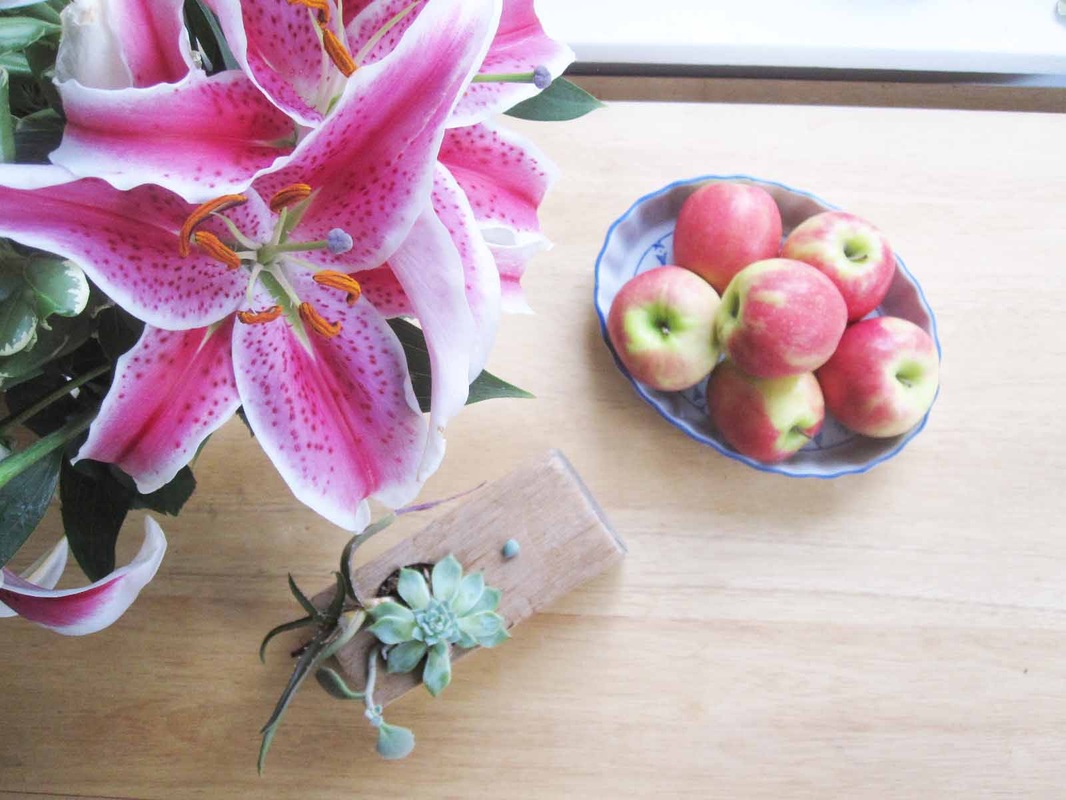

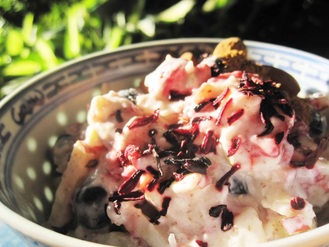
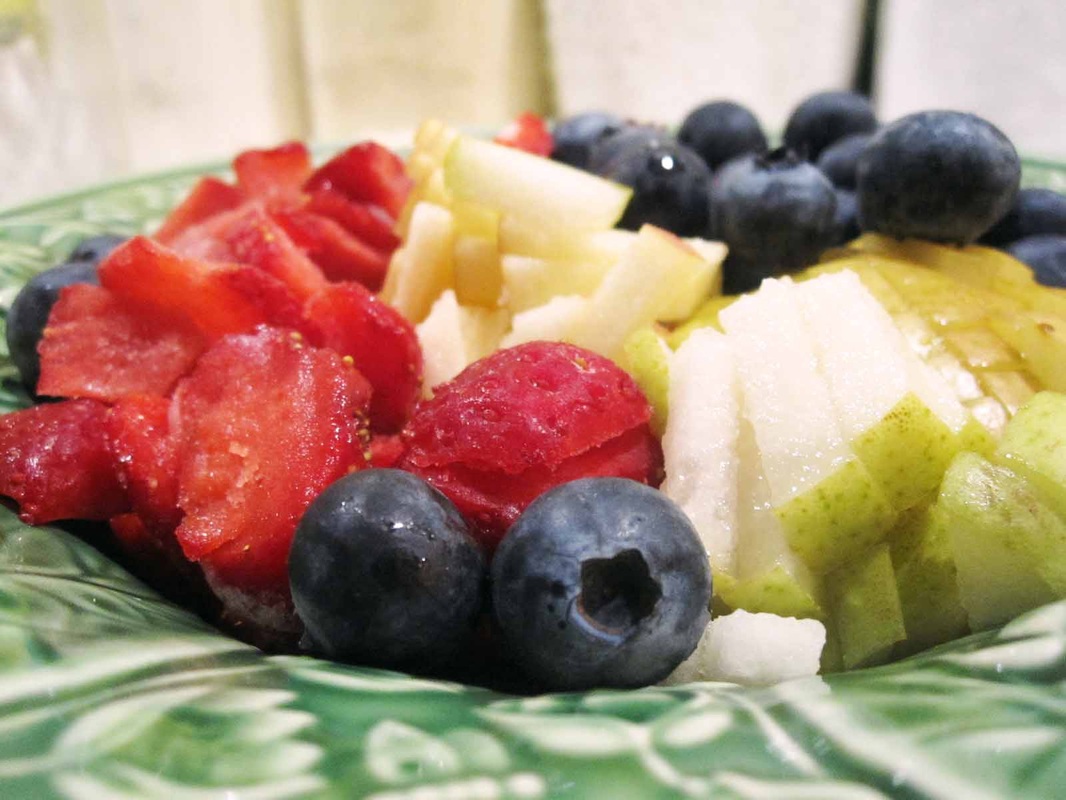
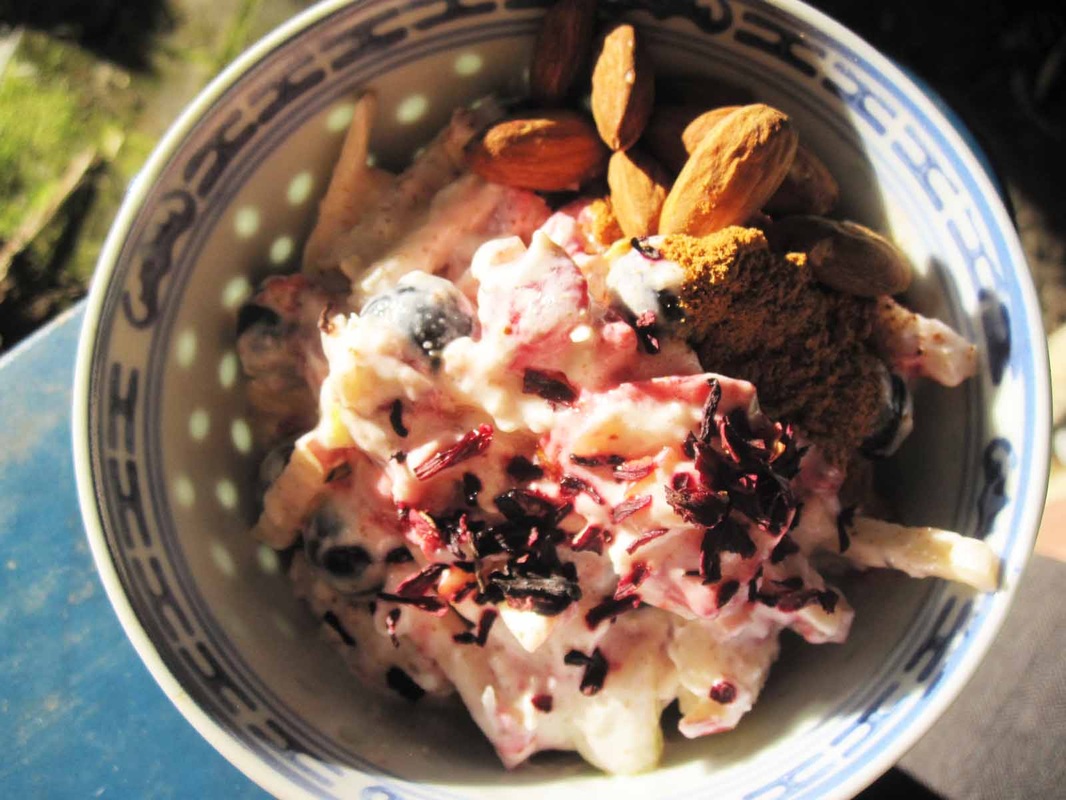
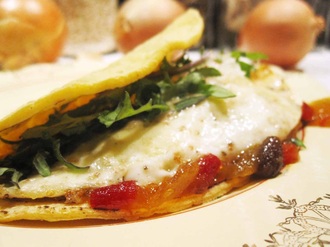
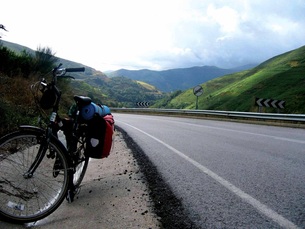
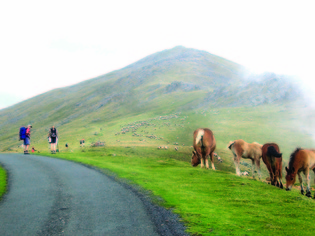
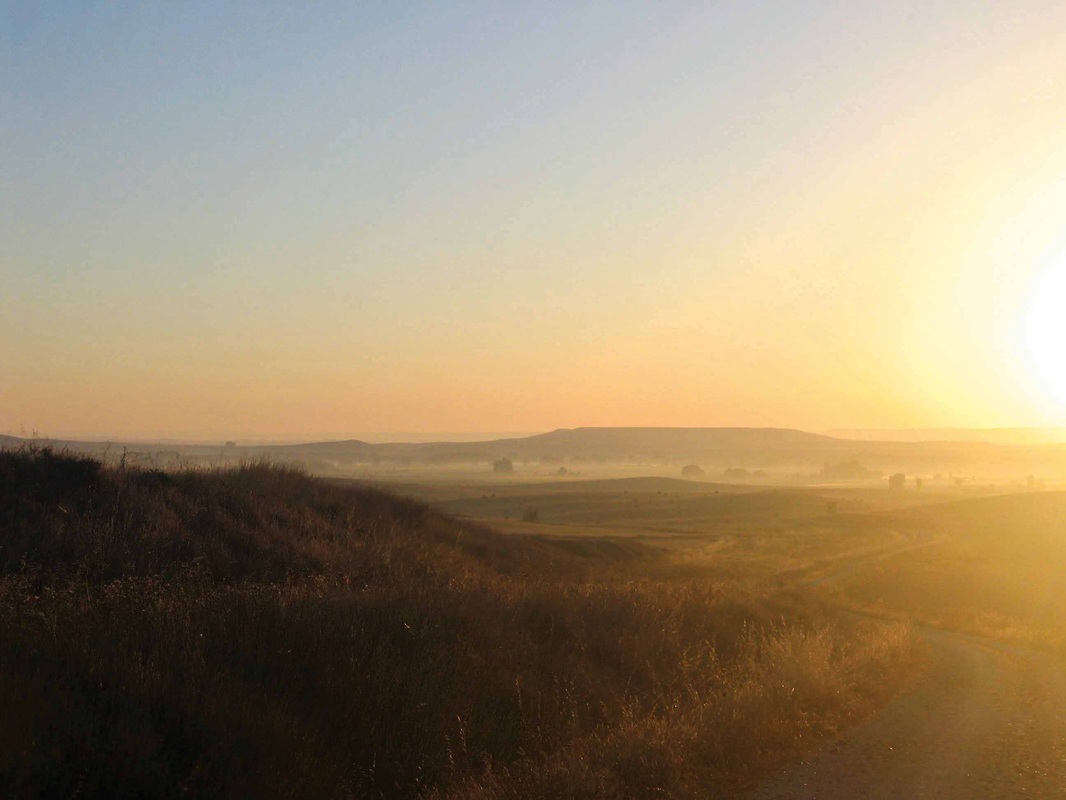
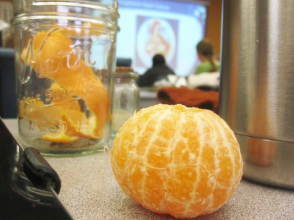
 RSS Feed
RSS Feed